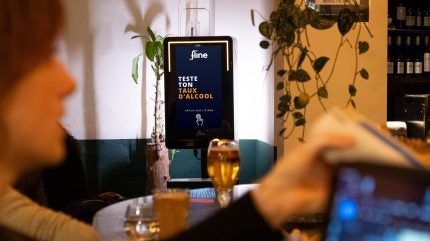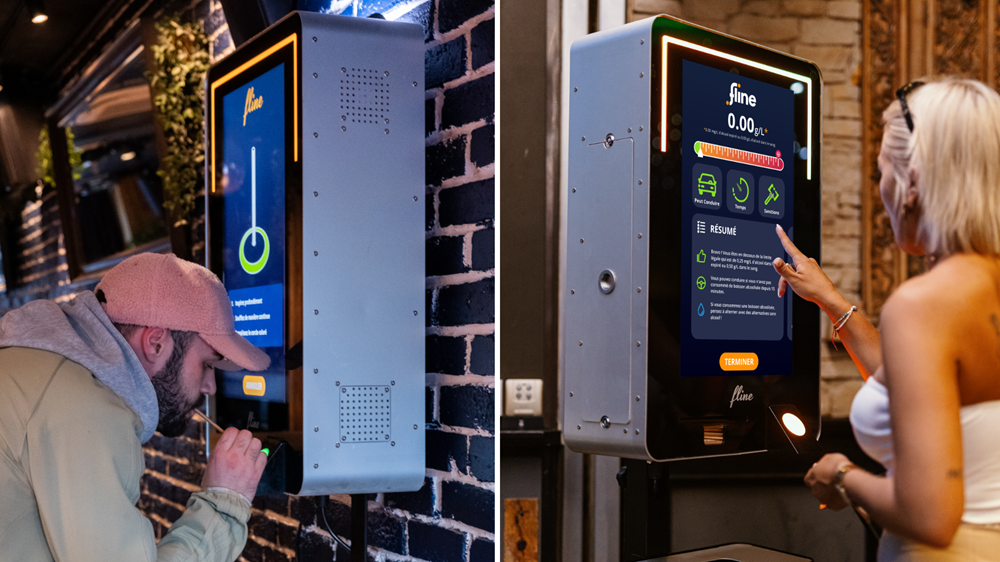
For decades, success was measured by visibility, distribution, and sales volume. Today, the bar has been raised. Investment in sponsorships and activations must be justified with evidence, product innovation must find acceptance in competitive markets, and responsibility must be demonstrated through tangible action. At the same time, consumer attention is fragmented, and expectations are higher. The common thread is clear: the future of alcohol marketing depends on the ability to align data, responsibility, and engagement.
The pressure on ROI
Marketing investments remain significant, from major event sponsorships to on-trade activations. But impressions and visibility are no longer sufficient proof of value. Decisions now hinge on evidence: did the activity influence perception, strengthen loyalty, or build intent to purchase?

Discover B2B Marketing That Performs
Combine business intelligence and editorial excellence to reach engaged professionals across 36 leading media platforms.
The existing measurement tools (post-event surveys, research panels, market reports) deliver results too slowly, at high cost, and often disconnected from the consumer’s actual experience. What the market needs is real-time insight, captured in the context where engagement takes place. Without this, budgets risk being challenged, and strategies lack credibility.
Responsibility as proof, not message
Alongside ROI, responsibility has become a non-negotiable expectation. Stakeholders are looking for more than awareness campaigns: they want initiatives that are visible, measurable, and authentic. Prevention must be experienced directly, not simply communicated.
This shift has strategic consequences. Activations that fail to integrate responsibility risk being perceived as superficial. Partnerships that focus only on exposure may lose relevance in a context where moderation is under scrutiny. Responsibility is no longer a separate department; it is embedded in the effectiveness of every consumer-facing initiative.
Engagement beyond visibility
Another challenge is the saturation of consumer attention. In crowded environments (bars, festivals, clubs) brands compete for seconds of focus. Passive exposure rarely stands out. What leaves a lasting impression are interactions that involve the consumer directly.
The opportunity lies in designing engagement that combines participation with added value. When the consumer walks away with a personal benefit, such as reassurance, knowledge, or safety, the brand earns both attention and trust. In this context, responsibility is not a constraint but an advantage, it gives meaning to the interaction.
Convergence as the solution
ROI, responsibility, and engagement may look like distinct challenges, but they converge on the same need: to create consumer touchpoints that deliver insight, encourage moderation, and provide relevant visibility at the same time.
This means:
- Collecting live data in the very moment when consumers interact with brands.
- Offering alcohol testing that supports people in making safer decisions and consuming more responsibly.
- Promoting alternatives, such as low- and no-alcohol options, within a credible, socially positive context.
When these elements are combined, prevention ceases to be a compliance exercise. It becomes a strategic driver of marketing effectiveness, delivering intelligence for business, action for responsibility, and impact for brands.
The FlineBox as proof of concept
One example of this convergence is the FlineBox, developed by Belgian company Fline. It is the first interactive breathalyser terminal that enables companies to merge consumer intelligence, responsibility, and brand engagement into a single tool.
Already deployed in more than 250 venues across Europe, the FlineBox is used both by leading players in the alcohol industry and by governments in their drink-driving prevention strategies.
In practice, the FlineBox functions as:
- A data platform, embedding micro-surveys into alcohol testing and capturing real-time insights on brand awareness, perception, and consumer behaviour.
- A prevention tool, allowing consumers to test themselves, take informed decisions, and act more responsibly in the moment of consumption.
- A media channel, with customizable branding and digital screens that can promote moderation messages or highlight alternatives such as no-alcohol ranges.
By bringing these dimensions together, the FlineBox makes it clear how prevention can also generate business value: each interaction delivers insight, demonstrates responsibility, and amplifies brand communication.

Implications for the industry
The convergence embodied by solutions like the FlineBox points to several strategic implications for the alcohol sector:
- ROI gains credibility when measurement is built into the experience itself, with insights collected in real time.
- Responsibility gains impact when consumers are given tools that help them make more responsible choices at the moment of drinking.
- Engagement gains meaning when visibility is paired with prevention, leaving a positive and memorable impression.
- Innovation gains traction when alternatives such as no-alcohol options are promoted in a context of moderation and authenticity.
Treating these needs separately leads to inefficiency and missed opportunities. Integrating them creates clarity, efficiency, and stronger trust with both consumers and stakeholders.
Looking ahead
The future of alcohol marketing will belong to companies that embrace this convergence. Data will no longer be collected after the fact but embedded in the consumer journey. Responsibility will no longer be a message, but an action. Engagement will no longer be about presence, but about relevance.
This transformation is not theoretical, it is already underway. With tools like the FlineBox, prevention becomes intelligence, and responsibility becomes a source of competitive advantage.
The question for alcohol brands is no longer whether to adapt, but how quickly they will embrace a marketing model that unites insight, moderation, and brand impact.


